Lavender Chiffon® Hibiscus
$109.50 Original price was: $109.50.$76.65Current price is: $76.65.
- Free Shipping over $25
- Fast & reliable delivery options
- Enjoy top quality items for less
- Multiple safe payment methods

Hardy hibiscus, or Rose of Sharon, is a classic garden shrub, but develops best in warmer parts of the country, where it thrives in the heat and humidity. Brought to northern gardens it is often a mere shadow of itself – slow to grow and blooming only briefly at the very end of summer. At least, up until now. Most of us, when faced with a plant that doesn’t grow well, just give up and choose something else. Not everyone, though, and not Roderick Woods. When he tried to grow hardy hibiscus in the cool, uncertain summers of England, they did badly, but he didn’t give up. Now, 30 years later, we all get to reap the rewards of his dedication – the Chiffon® series of Hardy Hibiscus. These plants are completely different from older varieties. They are vigorous, densely-branched, and most importantly, decorated with huge, beautiful blooms. Not just for a couple of weeks, but for week after week after week, even in cooler zones.
One of the classic colors of hardy hibiscus is lavender, and in the Lavender Chiffon® Hardy Hibiscus we have that gorgeous color, but in a beautiful semi-double flower, on a bush that simply never stops blooming, even in cool zones, from mid-summer right into the fall. The flowers are a full 4 inches across, and produced in abundance, with new ones opening every day. Plus, it is self-cleaning and produces less seed, something that also encourages longer blooming. Of course this variety grows in hot zones too, so it’s perfect for everyone, but especially for northern growers, who can finally enjoy the true beauty of these easy-care shrubs.
Growing the Lavender Chiffon® Hardy Hibiscus
Size and Appearance
The Lavender Chiffon® Hardy Hibiscus is a tough deciduous shrub that is very easy to grow, and develops into an upright plant with many branches. Bushy and full, it typically reaches 7 or 8 feet tall, but older, unpruned plants can approach 12 feet in height. Yet it is relatively narrow, spreading around 4 feet wide. Compared to older varieties it has many slender branches, making it much bushier, and also encourages many more flowers to develop. When planting consider how large it is going to become, and allow room for it to grow. This plant grows rapidly, adding as much as 2 feet every year, so it matures in a short time, just a few growing seasons.
The new leaves come in the middle of spring, and these develop abundantly on every branch. Smooth, glossy and dark green, they are broadly oval and about 4 inches long, but divided into three lobes, and with jagged, irregular edges. Through spring and the first few weeks of summer it makes an attractive green bush while your early shrubs give your garden color.
Summer has barely got going, though, before you see the first flowers opening, and these blooms are a revelation. They are held upright, so they show well, and are a full circle of overlapping, ruffled petals that is 4 inches in diameter. In the center of the bloom there are numerous smaller petals, narrow and irregular in form, giving this flower great charm and beauty, and intensifying its appeal. All the petals are a wonderful shade of soft but bright lavender, making a charming bush that fits in with any and all other colors in your garden.
Each bloom only lasts a day or two, but more and more just keep opening, keeping this bush in full-bloom throughout the summer and into fall. In warm falls it can take a hard frost to stop this vigorous bush blooming. Flowers drop neatly, meaning no need to dead-head, and although some seed pods will develop, there are far fewer than in older varieties. This is a big factor in keeping the plant in bloom longer, and it also means this variety isn’t weedy, the way many older ones could be.
Using the Lavender Chiffon® Hardy Hibiscus in Your Garden
There are lots of ways you can grow the Lavender Chiffon® Hardy Hibiscus. It is perfect in any sunny shrub bed, and makes a lovely specimen bush out on a lawn. It is perfect for planting in front of a bare wall of your home, and it also makes a magnificent flowering hedge. For a continuous row, space plants about 3 feet apart.
It can also be grown in planters, alone or mixed with other plants like ornamental grasses or summer perennials. From zone 7 it will survive in pots outdoors all winter. In colder areas plant in the garden for the winter, or store in a cool shed – light isn’t necessary since it is deciduous.
Hardiness
This bush is hardy all the way from zone 5 into zone 9. Bred to grow well in cooler regions, it is ideal for zones 5 and 6, even if you have cloudy, cooler summers. In hotter zones it thrives on the heat and humidity too, and is reliable and easy.
Sun Exposure and Soil Conditions
The best location for the Lavender Chiffon® Hardy Hibiscus is out in full sun, all day long, no matter how hot your garden is. This is especially important in cooler zones, but in warmer ones a couple of hours of shade each day is going to be fine. As for soil, anything goes, just as long as it isn’t wet or boggy. Dry spots are fine, and sandy soils or heavy but not wet clays are not a problem. New plants should have some water regularly of course, but once established this plant is very drought tolerant and thrives in dry locations and also in hot and humid conditions.
Maintenance and Pruning
Hardy hibiscus is rarely bothered by deer, although a very young plant should be protected if you do have deer around. Established plants are left alone. No serious pests or diseases are likely to attack it, and this is a very easy plant to grow, needing very little care. In spring you can prune if needed. This plant flowers on new stems, so don’t prune or trim at all once new shoots appear. You can shorten back the stems that grew last year, usually to about 12 inches long. In older plants removing a couple of the oldest stems close to the ground is a good way to keep it vigorous.
History and Origin of the Lavender Chiffon® Hardy Hibiscus
Despite it’s botanical name, the hardy hibiscus, Hibiscus syriacus, grows wild in China and Korea. It came to Europe from Syria, where it had been introduced along the ancient Silk Route, which explains the mix-up in the naming. Often called the Rose of Sharon, it has always been grown in hotter areas, like southern Europe or the southwest of the USA.
That wasn’t good enough for Roderick Woods, a professor at Cambridge University in England. He became intrigued by these plants when he saw them in the south of France, and was determined to grow them in England, despite the climate being too cold and wet. He kept on making crosses and selecting seedlings, and eventually got what he wanted – some of the most magnificent blooms ever seen on the hardy hibiscus, and growing on plants that blooms happily in cooler climates. In the middle of the 1990s he selected one seedling from the hundreds he grew, because of its wonderful flowers. After several years of trials he named it ‘Notwoodone’ and in 2002, working with Spring Meadows Nursery of Grand Haven, Michigan, he was granted a US patent (PP# 12,619) on his beautiful plant, which expired a couple of years ago. It was released with the trademark name of Lavender Chiffon®, and is today widely admired for its beauty.
Buying the Lavender Chiffon® Hardy Hibiscus at The Tree Center
If you already know Hardy Hibiscus you will see why this one is so special. If you don’t grow them, and especially if you live in the northeast, then the Lavender Chiffon® Hardy Hibiscus is the perfect plant to start with. All the plants in this ‘Chiffon’ range are wonderful, but for the classic look of lavender, this one can’t be beaten. It is always a top seller, so don’t wait until they are all gone before deciding to order it – go for it now.
Be the first to review “Lavender Chiffon® Hibiscus” Cancel reply
Related products
Knock Out® Roses
Butterfly Bush
Other Shrubs & Hedges
Other Shrubs & Hedges
Drift® Roses
Hydrangeas
Knock Out® Roses
Butterfly Bush



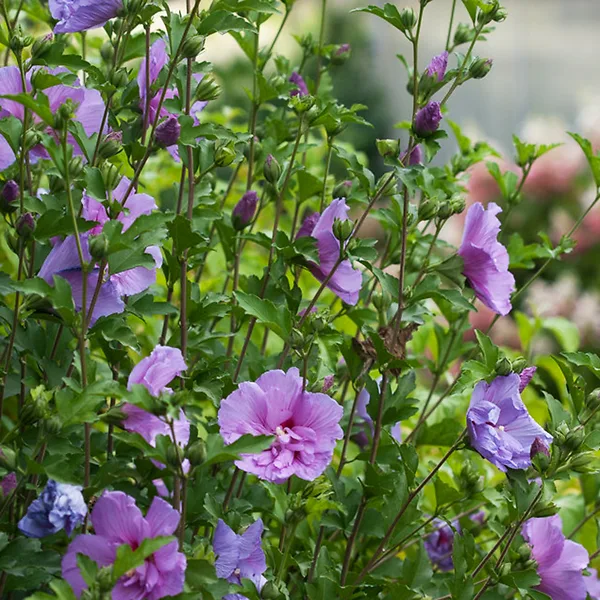
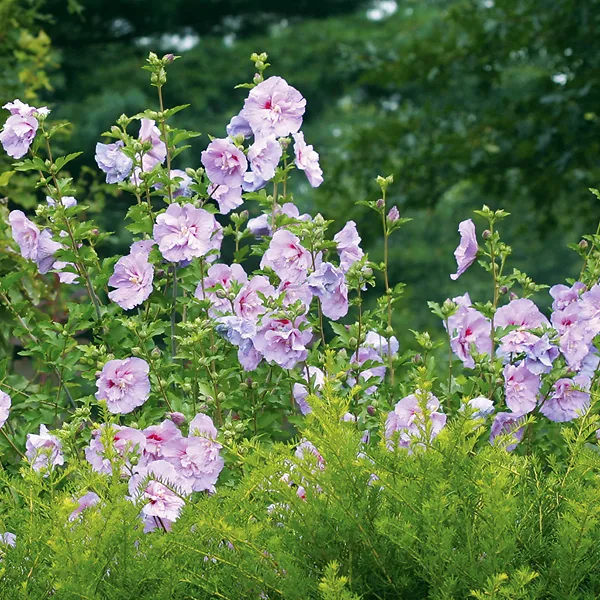
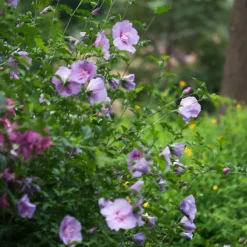


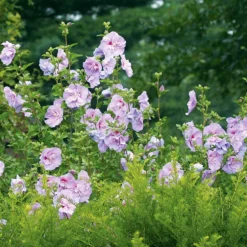

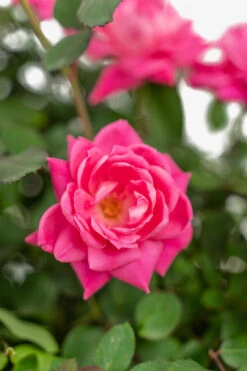

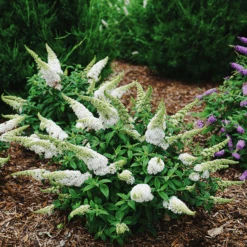
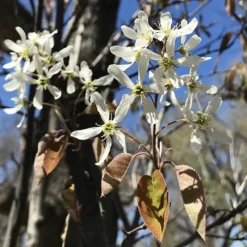

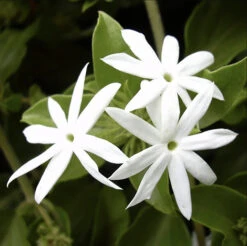
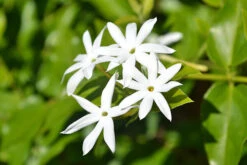
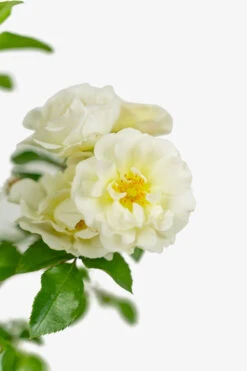
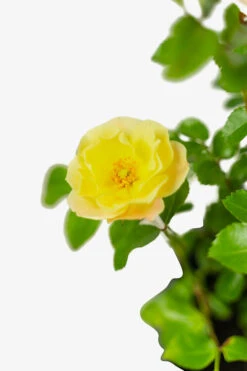
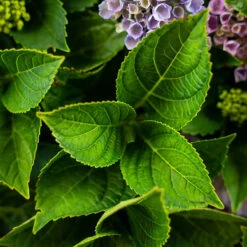
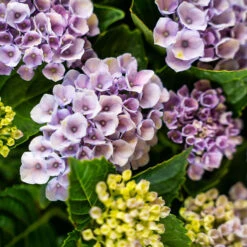
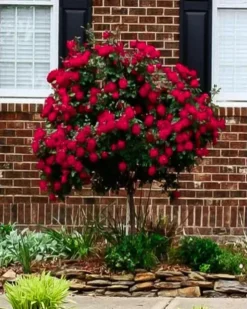



Reviews
There are no reviews yet.